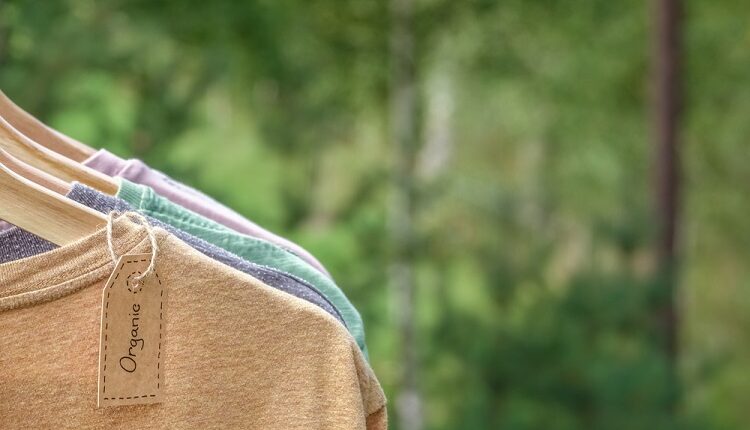Sustainable Fashion Trends
As of my last update in September 2021, sustainable fashion was gaining significant attention due to increasing awareness about environmental and ethical issues related to the fashion industry. However, please note that fashion trends can change quickly, and new developments may have occurred since then. Here are some sustainable fashion trends that were prominent at that time:
Circular Fashion
This trend focuses on creating a closed-loop system where clothing is designed to be recycled, repurposed, or upcycled at the end of its life cycle. Brands were experimenting with innovative materials and production methods to minimize waste and extend the lifespan of garments. For more information on sustainable living and cost-effective practices, visit https://simplesavingsforatlmoms.com/.
Ethical and Transparent Supply Chains
Consumers were demanding more transparency about the origin of their clothes and the conditions under which they were produced. Brands that prioritized fair labor practices and provided information about their supply chains were gaining traction.
Slow Fashion
The slow fashion movement encourages consumers to buy fewer, high-quality items that are timeless and durable. This trend contrasts with the fast fashion model, which promotes quick turnover of inexpensive clothing.
Sustainable Materials
Brands were exploring and adopting alternative materials such as organic cotton, hemp, bamboo, Tencel, and recycled fibers. These materials have a lower environmental impact compared to traditional fabrics like polyester.
Zero-Waste Fashion
Designers were focusing on creating patterns and garments that generated little to no fabric waste during production. This often involves careful planning and innovative cutting techniques.
Renting and Swapping Clothing
Renting and swapping platforms were becoming popular, allowing consumers to access fashionable clothing without the need for constant purchasing. This trend aimed to reduce the demand for new items and minimize wardrobe clutter.
Digital Fashion
With virtual and augmented reality advancements, digital fashion was gaining traction. This involves creating and wearing digital clothing and accessories for online spaces, reducing the need for physical production. Check out their offerings at https://motherabroad.com/ to explore the intersection of technology and fashion in the digital realm.
Local and Artisanal Production
Some consumers were turning towards locally made and handcrafted clothing, supporting smaller-scale production that often has a lower carbon footprint.
Upcycling and DIY
Upcycling involves repurposing old or discarded clothing into new and fashionable pieces. Many individuals were getting creative with do-it-yourself (DIY) projects to transform their existing wardrobe items.
Minimalism and Capsule Wardrobes
Embracing a minimalist lifestyle and creating capsule wardrobes were trends that aligned with sustainability. The idea is to have a smaller, curated collection of versatile items that can be mixed and matched.
Keep in mind that the fashion industry is highly dynamic, and trends can shift rapidly. To get the most accurate and up-to-date information on sustainable fashion trends, I recommend checking out recent fashion publications, industry reports, and reputable fashion websites.

